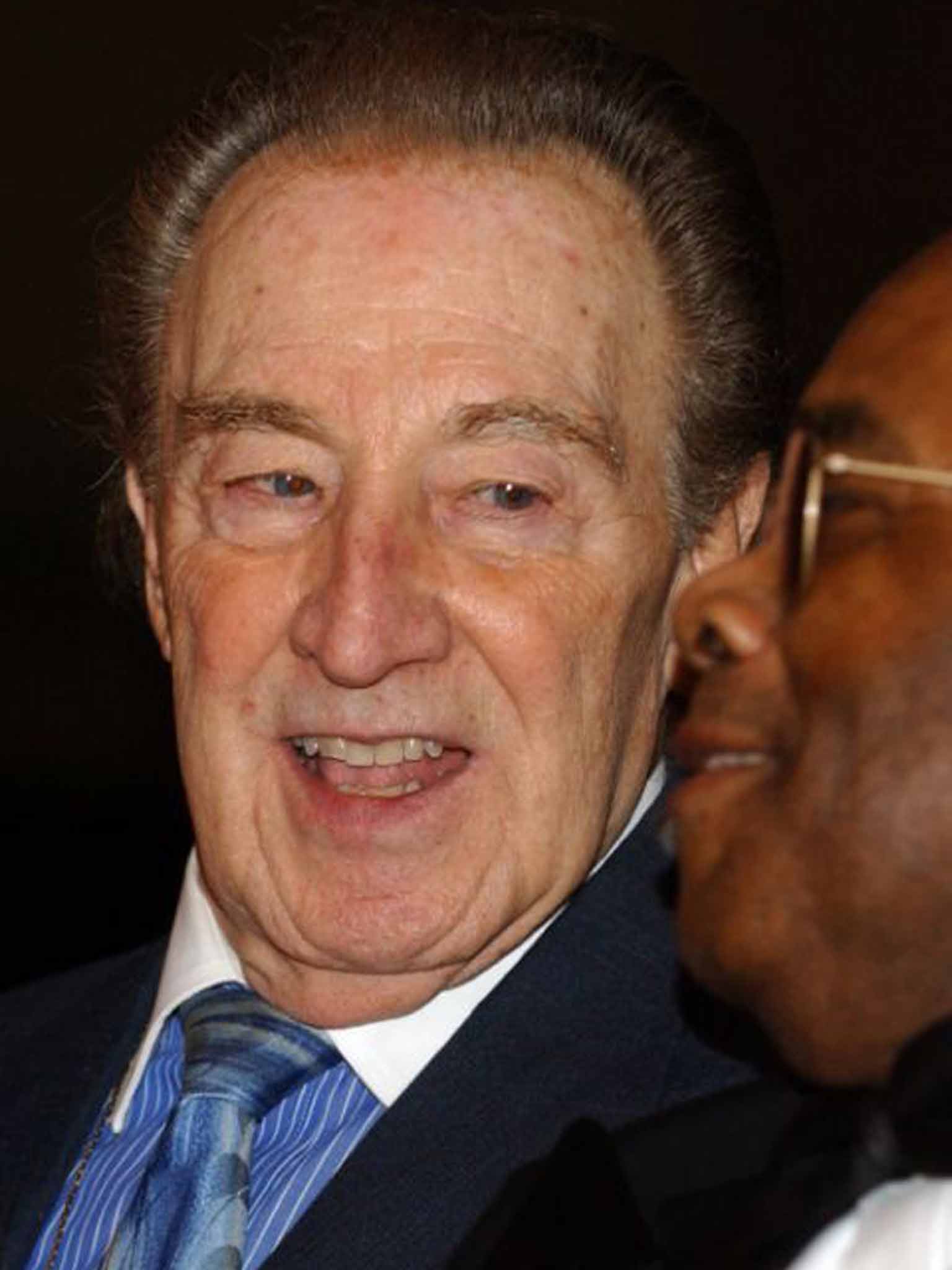Buddy DeFranco: Jazz clarinetist who adventured into bebop and worked with Tommy Dorsey, Gene Krupa and Count Basie
After moving to California, DeFranco's quartet of the early 1960s boasted a unique sound

When Buddy DeFranco became interested in popular music as a child, the clarinet was the sexiest instrument around. Virtuosos like Benny Goodman and Artie Shaw were just beginning to make an impact, which would bring them huge stardom before the end of the 1930s. Although he started out in the then current swing style, DeFranco ultimately chose to be influenced by the rhythmic and melodic complexities of the 1940s development known as bebop.
Hugely admired by younger musicians who attempted to follow him, he succeeded in something intrinsically difficult. Leading reed instrumentalist Alan Barnes explains that Goodman, for instance, retained an approach based very much on arpeggios, whereas DeFranco's was more linear. "His technique seemed to have ironed out all those tricky cross-fingerings on the clarinet that kick in [when creating scale-type melodies]. It's a much harder instrument than the saxophone for this reason." Throughout the Fifties and Sixties, he was more or less alone in his achievement, until players such as Eddie Daniels, Ken Peplowski and Barnes himself learned from his example.
Born to an Italian-American family that settled in Philadelphia, DeFranco became proficient enough to win a radio talent contest at the age of 14. Adding the alto saxophone to his armoury, a couple of years later he was on the road. He then benefited from the Second World War draft that decimated the personnels of top big-band leaders such as Gene Krupa, Charlie Barnet and trombonist Tommy Dorsey, all of whom he worked for in succession. The last association led him to be featured on the clarinet on Dorsey's 1945 hit "Opus One", although (in the words of subsequent confidant Alastair Robertson) "He was in an almost constant state of war with the trombonist and finally left in 1948."
In the immediate aftermath, he played with George Shearing when the latter was working on his "Shearing sound" and, in 1950, with Count Basie, who was then leading a small band. A video of this group performing for jukebox use shows the young DeFranco in action, whereas another, which was intended for cinema distribution in the still segregated US, has his playing mimed by the black clarinetist Marshall Royal. Meanwhile, DeFranco's recordings under his own name with a big band – an ill-advised move given their declining popularity at the end of the 1940s – included an early work by George Russell.
He had more luck when recording for MGM. His quartet became a touring group in 1952 with the inclusion of drummer Art Blakey, not yet a bandleader in his own right. Their version of "Lady Be Good" even received airplay on the BBC, and DeFranco joined Norman Granz's touring package Jazz at the Philharmonic. This had a wide mainstream appeal, and his recordings for Granz included two albums with his own versions of classics by Goodman and Shaw. After moving to California, DeFranco's quartet of the early 1960s boasted a unique sound, blending his clarinet with the uncompromising jazz accordion of Tommy Gumina.
That decade, however, brought a fork in the road. At the invitation of writer-producer Leonard Feather, DeFranco recorded an album (Blues Bag) focussing on the bass-clarinet, then newly fashionable in jazz, and reuniting him with Blakey and some of his sidemen. But the compromise did not go down well and in 1966 he accepted an offer to lead the "ghost band" run by the Glenn Miller estate, which was doing good business with the parents of the baby-boomer generation. Putting his creativity to one side, he stayed for eight years, at the end of which he moved with his wife, Joyce, to Florida, where they were based for the next four decades.
Gradually becoming involved in educational work, DeFranco also began to appear in festivals and tours in his own right, eventually teaming up with the vibraphonist Terry Gibbs, including at Ronnie Scott's in London. He did several albums for a variety of specialist companies, and those he made in Argentina in 1980 appeared on the Scottish label Hep, run by producer Alastair Robertson. This led to several subsequent appearances and recordings in the UK with guitarist Martin Taylor. Robertson observes that "Even at the peak of his perfection, he never stopped a daily workout [on his instrument] and carried a kind of suppressing gizmo so that people in hotels wouldn't complain."
A recurring theme of writers commenting on DeFranco's playing is that his exemplary technique and rather European, classical tone rendered his performances passionless. Discussing these comments for the co-author of a biographical book about his work, he told John Kuehl that, "The thrust of my early playing was technical – I was out to dazzle... But it came off as cold because it was all mechanical, and the legit sound – which might have worked well in the orchestra – was different in jazz."
Continuing his career into the 21st century, DeFranco received a Jazz Masters Fellowship from the National Endowment for the Arts in 2006, and last performed publicly in 2012. His personal summing-up was: "I did in my own way do something different on the instrument – and that's the way I'd like to be remembered."
Boniface Ferdinand Leonardo (Buddy) DeFranco, clarinetist: born Camden, New Jersey 17 February 1923; died Panama City, Florida 24 December 2014.
Subscribe to Independent Premium to bookmark this article
Want to bookmark your favourite articles and stories to read or reference later? Start your Independent Premium subscription today.

Join our commenting forum
Join thought-provoking conversations, follow other Independent readers and see their replies